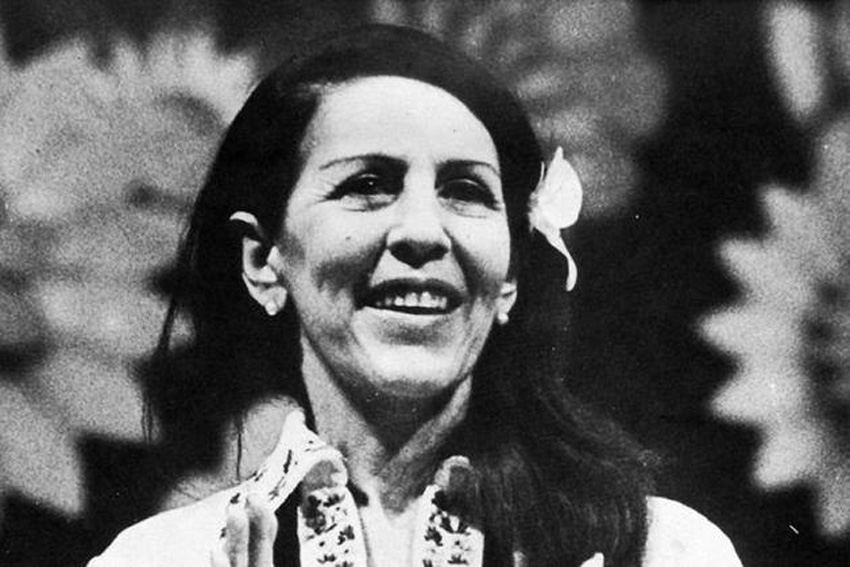
Celia seems to be in the flight of the subtle, in the extreme delicacy, in the silence. Her image, beautiful and petite, resembles a sigh about to escape. She was all like that, like light, luminous and unattainable.
What strength inhabited that small woman, of fragile aspect and proven courage? How deep did the teachings of the father, a profound disciple of José Martí, and a humanist in his work as a doctor? Why that silent giving, that "complex modesty"? How do I discover her behind the images that rarely portray her attentive to the camera?
What a paradigm! How we should still know about you!
In order to tell our-her history well, we still need to know Celia Esther de los Desamparados, who honored her name in such a way that, to this day, we hear the story of her good deeds. We still need to discover the friend, the guerrilla, the young woman who placed Martí in the right place for his Cuban stature; the woman who loved and suffered misfortunes, the one who honored Dr. Sánchez Silveira in the last goodbye, as best she could, fighting for the Fatherland, for the poor.
Is has been said that she only feared mice, that she liked coffee and ate little; that she went up and down hills with absolute ease; that to defend Cuba, she was Norma, Carmen, Liliana, and Caridad. Sometimes, a colleague would say: "Celia was in everything and did not appear in anything,” because she had a silent way of giving herself and enforcing her dreams and those of others. Perhaps that is why in Pilón, she distributed toys throughout the town on Three Kings Day and thus spent the savings of months; she was representative of singular contrasts. Those who knew her to have said that "it will be impossible to write the history of Fidel Castro without reflecting Celia's life at the same time."
Treasurer not only of the Rebels, but also of those jewels of what is now called the Archive of the Revolution, she jealously kept original historical documents; and she defied henchmen until the rigor of that life pushed her to the Sierra. She was the “official godmother” of the nascent Rebel Army and the first combatant, first of many with surprising and admiring stories.
And so she walked, zealously paying for the beauty of a work she made her own: the Revolution. If we want to know Cuba, and that achievement of happiness today, knowing that we still have little and we lack much; we, as Cubans, must know Celia more. A good start would be that May 9, 100 years ago, in a small town called Media Luna. Well told, the history of the daughter of Manuel Sánchez Silveira and Acacia Manduley Alsina, becomes an exciting story






